CJC-F, CJC-F Events
Forensic Science Conference 2020: Behind-the-Scenes!
The pre-conference preparation process was an exhilarating experience. The process was divided into three main stages – brainstorming of ideas for the crime scene, constructing the crime scene and preserving evidence for the competition.
Brainstorming Stage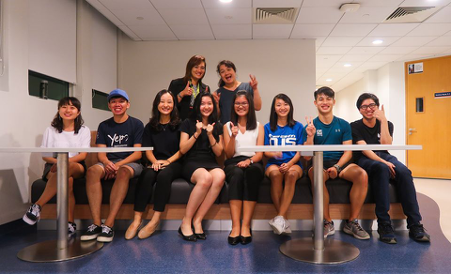
We kickstarted our planning with various exciting storylines generated together with our fellow forensic science co-organisers, Amanda See and Yip Yun Mei. During the brainstorming, the early concerns we had were, first, if the story is logical and second, if the crime scene was feasibly constructible for filming. Later, we learnt there were more considerations after we proposed our storylines to Prof Lim Lei Theng and Prof Stella Tan. This includes, inter alia, the possible case theories advocates may choose to adopt to forward their case, and the depth of analysis forensic science experts can conduct with the storyline. With the help of both professors, we finalised the storyline and began preparing the logistics required for the enactment of the crime scene.
Construction of the Crime Scene
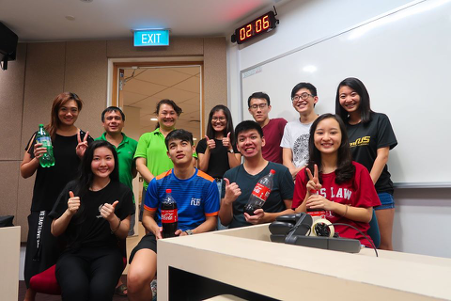
As a law student myself, this part was the most interesting and eye-opening. On 11th January 2020, the organising team and both professors came together at Bukit Timah Campus to assemble the crime scene for filming. While setting up the scene, it was essential to ensure that the evidence were accurate in depicting what actually happened during the crime. We started off with planning the movement of the suspects and the deceased in the room. This allows us to envisage the sequence of which the injuries were inflicted and accordingly, the order and pattern of the blood spatters we eventually plastered at the crime scene.

We experimented with various tools to create blood spatters corresponding to different types of injuries inflicted and even the movement of the weapon. Syringes were used to re-create the projection splatters caused by an arterial spurt, an indication of the deceased’s severed artery. Pipette droppers were used to drip blood on the floor around the deceased’s right hand to provide a lead that the weapon was transferred into the deceased’s hand after it was drenched in blood.
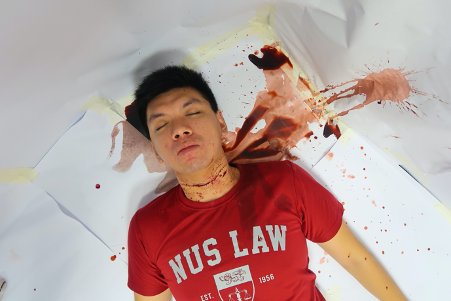
Aside from the blood spatter, we also wanted the wounds on the deceased to appear as realistic as possible. The convincing stab wound and the slash wounds on the deceased’s body were only made possible with the help of our talented friend, Samuel Ling!
Preserving Evidence for the Competition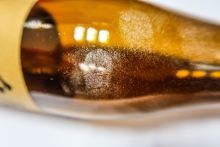
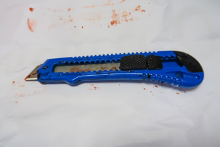
The final stage of pre-conference preparation involved preparing the evidence which were made available to the forensic science experts for further analysis during the competition. We went to the NUS Forensic Science Laboratory at Kent Ridge Campus to lift fingerprints found on the items belonging to the crime scene and collected the fingerprints of the suspects as well as the deceased.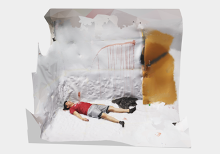
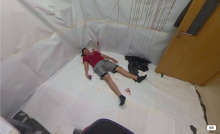
Last but not least, what is unique about our competition this year is that our forensic science experts were able to visualise the crime scene from both a three-dimensional and 360° view. This would not have been possible without the help of our tech-savvy friend, Francis Lim, who also stayed up with the team to photograph the final crime scene and produce these valuable materials for our participants!
Check out the CJC-F Gallery page for more photos and the exciting storyline videos!!
*The views and opinions expressed in this article do not constitute legal advice and solely belong to the author and do not reflect the opinions and beliefs of the NUS Criminal Justice Club or its affiliates.









